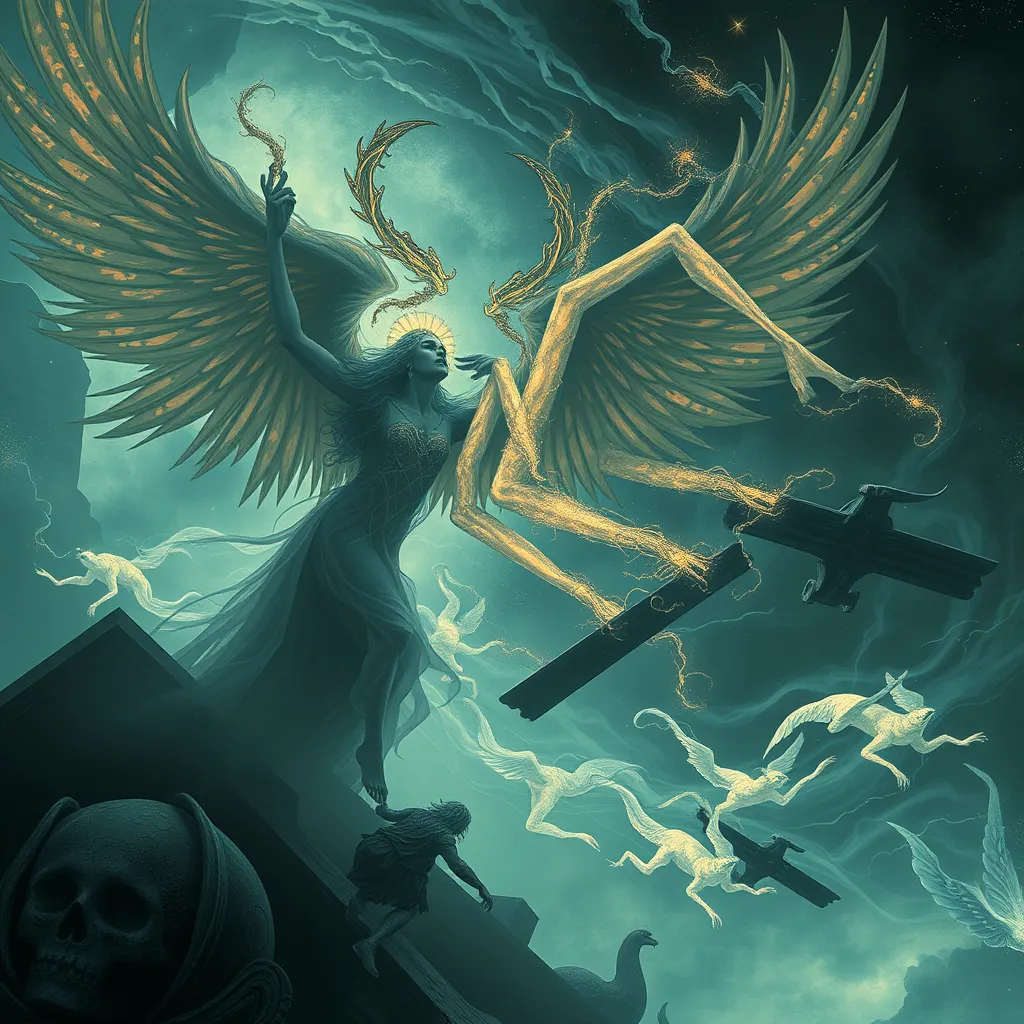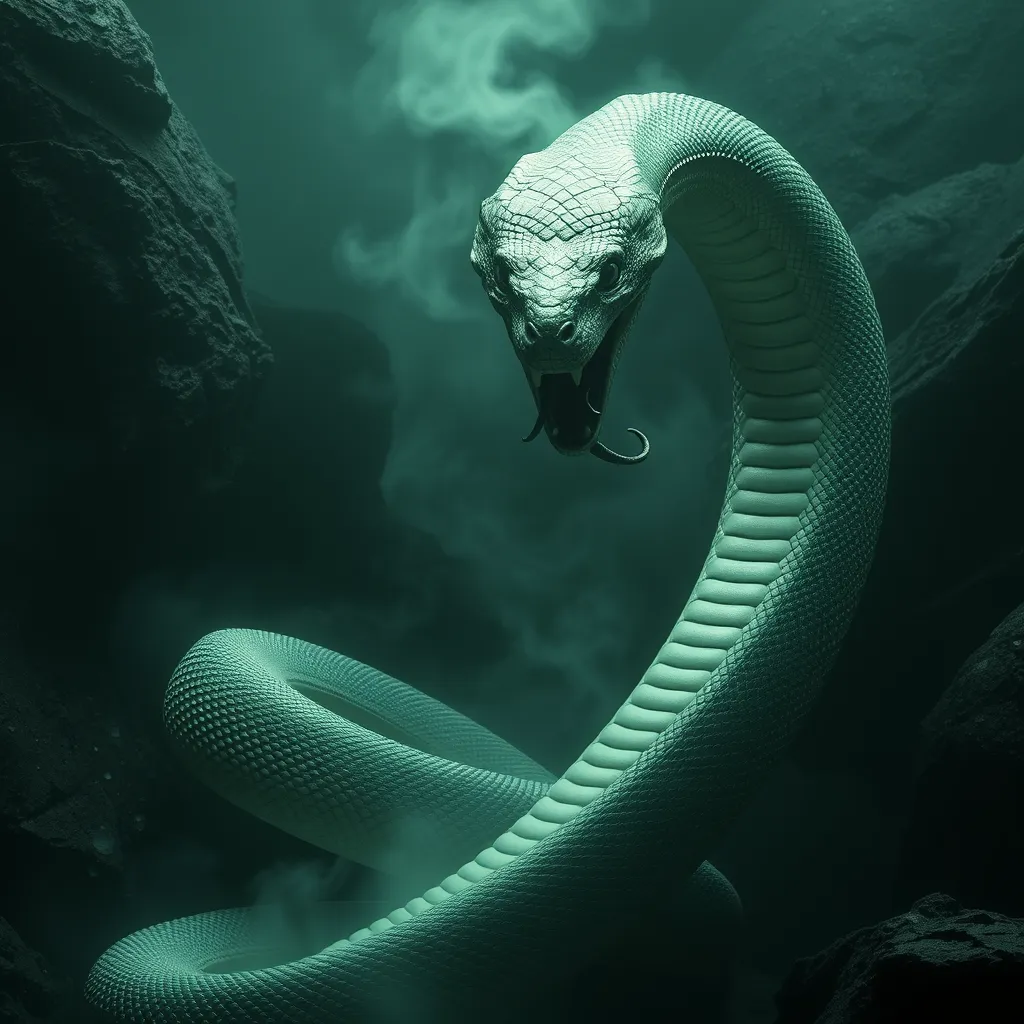The Selkie’s Song: Exploring the Myth’s Musical and Poetic Expressions
I. Introduction
The Selkie myth, steeped in the rich traditions of Celtic folklore, captivates the imagination with tales of transformation, longing, and the mystical connection between humans and the sea. Selkies, often depicted as seal-like creatures that can shed their skins to become human, symbolize both freedom and the bittersweet nature of love and loss. Music and poetry have long played a pivotal role in the storytelling of cultures, serving as vessels for emotional expression and communal memory.
This article aims to explore the musical and poetic expressions of the Selkie myth, highlighting how these art forms enrich our understanding of this enchanting folklore.
II. The Selkie Mythology: Origins and Variations
The Selkie legend has deep historical roots in Celtic mythology, particularly within the coastal communities of Scotland, Ireland, and Norway. These stories often feature themes of transformation and the duality of existence, underscoring the connection between humanity and nature.
Regional variations of the Selkie myth abound, with distinct characteristics that reflect local culture and beliefs:
- Scottish Selkies: Often portrayed as tragic figures, Scottish Selkies are known for their beautiful singing voices and their longing for the sea.
- Irish Selkies: In Irish tales, the Selkie’s romantic entanglements with humans often lead to themes of loss and yearning.
- Norwegian Selkies: Known as “selkys” in Norway, these creatures are similarly depicted but often have more playful characteristics.
The symbolism of seals in mythology is profound. Seals are seen as guardians of the ocean and are often associated with fertility and protection. In many cultures, they embody the mystery of the sea and the human desire for connection with the natural world.
III. The Musical Legacy of the Selkie Myth
Traditional folk songs inspired by Selkie tales have been passed down through generations, often serving as a means of preserving cultural identity. These songs encapsulate the essence of the Selkie myth, conveying emotions that resonate deeply with listeners.
Common themes and motifs in Selkie-related music include:
- Transformation: The duality of existence as Selkies shift between seal and human forms.
- Longing: The yearning for the sea and the relationships formed with humans.
- Loss: The sorrow of separation and the inevitable return to the ocean.
Contemporary musicians have also taken inspiration from Selkie tales, reinterpreting these legends in new and innovative ways. Artists such as Kate Bush and Lisa Hannigan have integrated Selkie themes into their music, blending traditional and modern styles to create haunting melodies that evoke the spirit of the myth.
IV. Poetic Expressions of Selkie Lore
Poetry has served as a powerful medium for expressing the complex emotions and themes found within the Selkie stories. Notable poets, such as John Keats and contemporary writers like Seamus Heaney, have drawn inspiration from the myth, weaving intricate verses that reflect on the beauty and tragedy of the Selkie’s existence.
Key themes in Selkie poetry include:
- Transformation: The metamorphosis from seal to human, and the impact of this change on identity.
- Longing: The deep emotional pull of the sea and the desire to return to one’s true nature.
- Loss: The heartache associated with the impossibility of bridging two worlds.
Imagery and symbolism play crucial roles in these poetic retellings, with references to the sea, the moon, and the natural world enhancing the emotional depth of the narratives. These elements invite readers to explore the psychological landscape of the Selkie experience.
V. The Intersection of Music and Poetry in Selkie Narratives
The interplay of music and poetry in telling Selkie tales creates a rich tapestry of storytelling that enhances emotional engagement. Music serves to amplify the poetic expressions, providing a melodic backdrop that deepens the listener’s connection to the narrative.
In examining the relationship between lyrical content and melodic structure in Selkie songs, one can observe how:
- Melody: The haunting melodies often echo the themes of longing and loss.
- Lyricism: Poetic lyrics capture the essence of the Selkie’s journey, transforming them into a shared experience.
Case studies of specific works, such as “The Selkie’s Song” by Heather Dale, illustrate how music and poetry can successfully intertwine, enriching the storytelling experience and inviting audiences to reflect on the deeper meanings of the myth.
VI. Modern Adaptations and Interpretations
In recent years, there has been a resurgence of interest in folklore and mythology, particularly the Selkie myth, as modern literature and media draw upon these timeless narratives. This resurgence reflects a broader cultural trend toward reconnecting with roots and exploring the themes of identity and transformation.
Examples of modern adaptations include:
- Literature: Books like The Selkie Girl by Ruth Frances Long explore the myth in contemporary settings.
- Film: Movies such as The Secret of Roan Inish bring the Selkie legend to the screen, blending visual storytelling with traditional narratives.
- Visual Arts: Artists are increasingly incorporating Selkie imagery in their works, reflecting the ongoing influence of this myth in contemporary culture.
VII. The Cultural Significance of the Selkie’s Song Today
The Selkie myth continues to hold cultural significance in today’s society, serving as a reminder of the importance of storytelling in preserving cultural heritage. The themes of transformation and connection resonate with contemporary audiences, allowing for a deeper exploration of personal and communal identities.
Music and poetry act as powerful vessels for these stories, preserving the wisdom and emotions embedded in folklore. Furthermore, in an era of globalization, the reinterpretation of Selkie stories allows for cross-cultural exchanges that enrich our understanding of shared human experiences.
VIII. Conclusion
In summary, the Selkie myth remains a poignant example of how music and poetry can convey complex narratives of transformation, longing, and loss. These art forms not only preserve the essence of the Selkie’s story but also invite reflection on the enduring power of storytelling through song and verse. As we continue to explore the Selkie’s song in our own cultural contexts, we find a shared humanity that transcends time and place.




